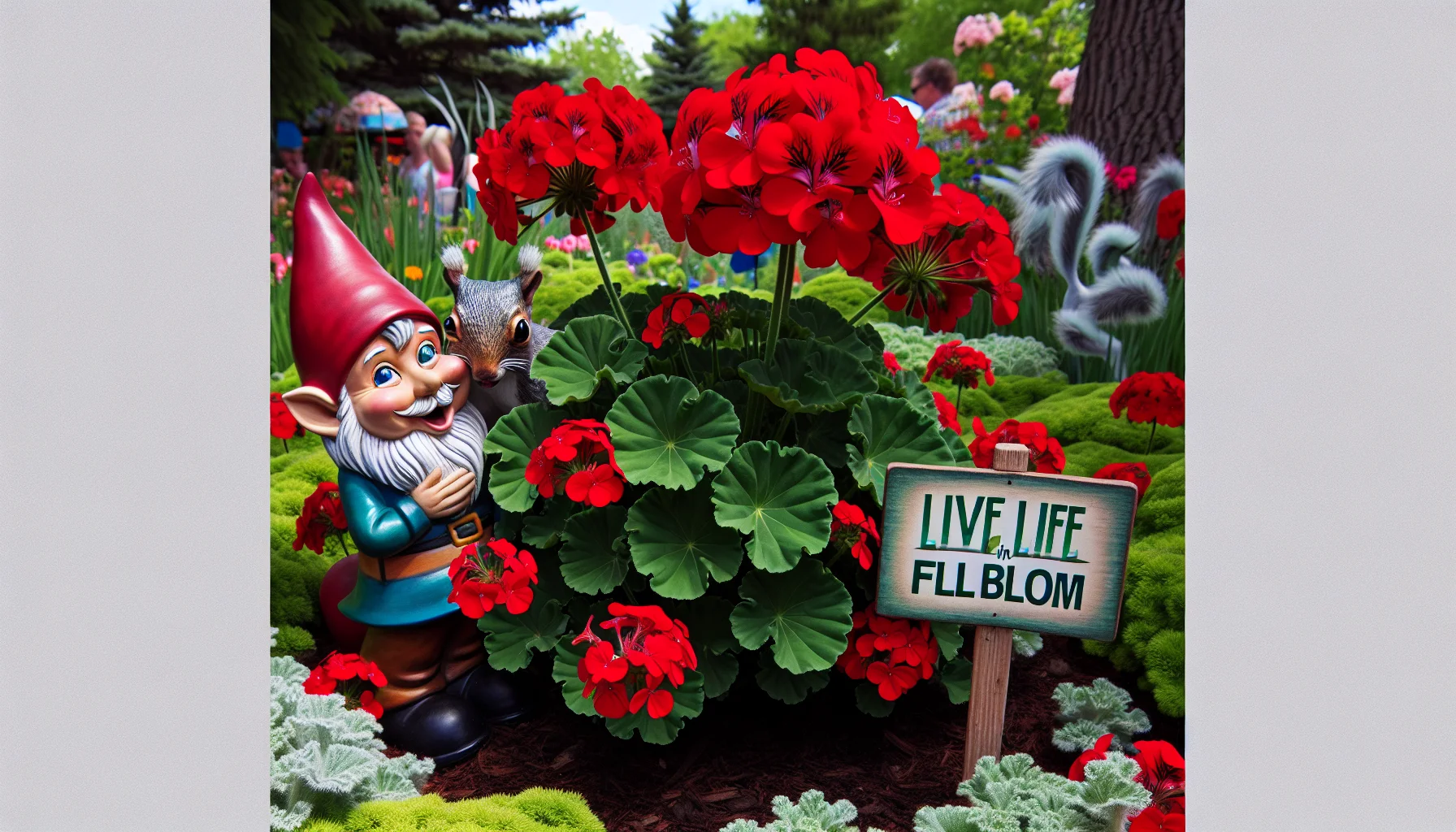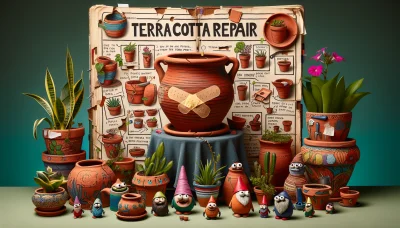Geranium bush Quiz
Test Your Knowledge
Question of
Introduction to Geranium Bushes
Geranium bushes, known for their vibrant colors and easy maintenance, are a popular choice among gardeners worldwide. These hardy plants can thrive in a variety of climates, making them suitable for both indoor and outdoor gardens. Geraniums are appreciated not only for their beautiful blooms, which range in color from white to pink to deep red, but also for their ability to repel certain pests, adding both aesthetic and functional value to gardens. Whether you're an experienced gardener or new to the hobby, geranium bushes offer a rewarding gardening experience with their lush foliage and continuous flowering throughout the growing season.
Types of Geranium Bushes
- Zonal Geraniums (Pelargonium x hortorum)
- Ivy Geraniums (Pelargonium peltatum)
- Regal Geraniums (Pelargonium x domesticum)
- Scented-Leaf Geraniums (Pelargonium spp.)
- Martha Washington Geraniums (Pelargonium x domesticum)
- Angel Geraniums (Pelargonium x crispum)
- Unique Geraniums (Pelargonium x hortorum)
Planting Your Geranium Bush
To plant a geranium bush successfully, start by choosing a location that receives at least six hours of sunlight daily, as geraniums thrive in bright, direct light. The soil should be well-draining and rich in organic matter. Amend heavy clay soils with compost or peat moss to improve drainage. Plant your geranium bush in the ground at the same depth it was in its container, spacing multiple bushes about 12-24 inches apart to ensure adequate air circulation. Water thoroughly after planting and maintain consistent moisture, allowing the soil to dry slightly between waterings. With proper care, your geranium bush will flourish, providing vibrant color and foliage throughout the growing season.
Caring for Your Geranium Bush
- Watering: Water your geraniums deeply once a week, allowing the soil to dry out slightly between waterings. Avoid overhead watering to prevent leaf spot diseases.
- Pruning: Regularly deadhead spent blooms to encourage new growth and prune any leggy or damaged stems to promote a bushier plant.
- Fertilization: Feed your geraniums every four to six weeks during the growing season with a balanced, water-soluble fertilizer to support healthy growth and flowering.
- Sunlight: Ensure your geraniums receive at least six hours of sunlight each day. They thrive in full sun but can tolerate partial shade.
- Soil: Plant your geraniums in well-draining soil. If you are growing them in pots, make sure the containers have drainage holes.
- Overwintering: If you live in a cooler climate, bring your geraniums indoors before the first frost. Keep them in a bright, cool location until spring.
Common Pests and Diseases
Geranium bushes, while hardy and vibrant, are not immune to certain pests and diseases that can mar their beauty and health. Among the most common pests are aphids, which cluster on the undersides of leaves, sucking the sap and weakening the plant. Another frequent visitor is the geranium budworm, which burrows into flower buds, preventing them from blooming. To combat these pests, a combination of natural predators like ladybugs, neem oil applications, or insecticidal soaps can be effective.
When it comes to diseases, geraniums can fall victim to bacterial blight and fungal infections such as rust and powdery mildew. Bacterial blight manifests as black, water-soaked spots on leaves, eventually leading to plant death if untreated. Rust appears as orange or yellowish spots on the undersides of leaves, while powdery mildew coats leaves in a white, powdery substance. Preventing these diseases starts with ensuring proper air circulation around the plants and avoiding overhead watering. Infected plants or parts should be removed and destroyed, and fungicides may be applied as a preventive measure during humid or wet conditions.
Benefits of Growing Geranium Bushes
- Enhances Garden Aesthetics: Geranium bushes add vibrant colors and beauty to any garden space with their lush foliage and bright blooms.
- Easy Maintenance: They are known for being hardy and require minimal care, making them perfect for both novice and experienced gardeners.
- Pest Repellent: The scent of geraniums naturally repels mosquitoes and other garden pests, providing a natural form of pest control.
- Attracts Pollinators: Geraniums attract bees and butterflies, which are essential for pollinating your garden, thus promoting biodiversity.
- Medicinal Uses: Some species of geraniums are used in herbal remedies for their anti-inflammatory and antiseptic properties.
- Adaptable: They can thrive in pots, containers, or directly in the ground, making them versatile for various garden designs and spaces.
- Long Blooming Period: Geraniums have a long flowering period, providing continuous color and interest from spring through fall.
FAQs About Geranium Bushes
| Question | Answer |
|---|---|
| How often should I water my geranium bushes? | Geraniums prefer moist, well-drained soil. Water them once a week, but allow the soil to dry out slightly between waterings. |
| What type of sunlight do geranium bushes need? | They thrive in full sun to partial shade. Aim for about 6 to 8 hours of sunlight per day. |
| When is the best time to plant geranium bushes? | The best time to plant geraniums is after the last frost in spring, when the soil has warmed up. |
| Do geranium bushes need fertilizer? | Yes, feeding your geraniums every 4 to 6 weeks with a balanced, water-soluble fertilizer helps promote blooming. |
| How do I prune geranium bushes? | Prune geraniums in early spring to encourage bushy growth. Remove dead or yellowing leaves and spent blooms regularly to promote new growth. |
| Can geranium bushes survive frost? | Geraniums are not frost-tolerant. Bring potted geraniums indoors or provide protection for outdoor plants when frost is expected. |
| What pests commonly affect geranium bushes? | Geraniums can be affected by aphids, whiteflies, and spider mites. Regular inspections and appropriate treatments can manage these pests. |
| How long do geranium bushes live? | With proper care, geraniums can survive for several years, though they are often grown as annuals in colder climates. |












